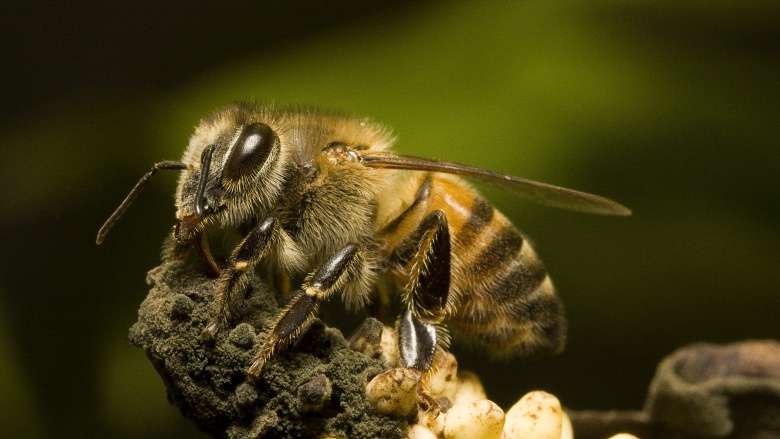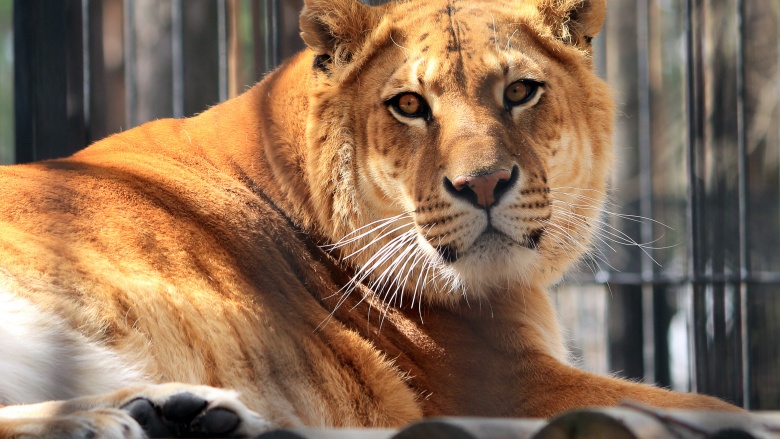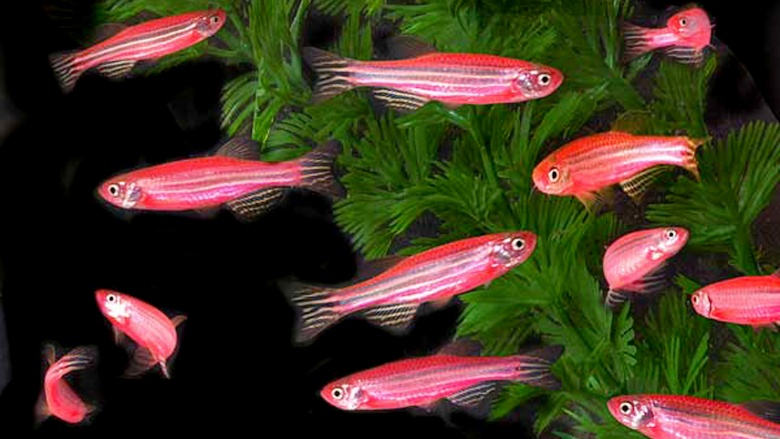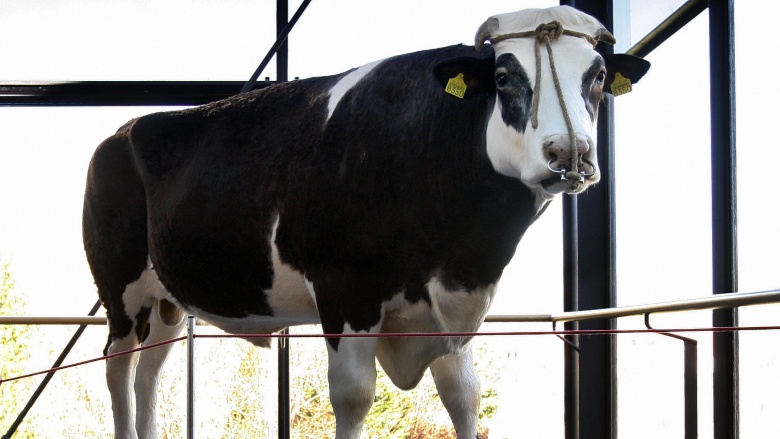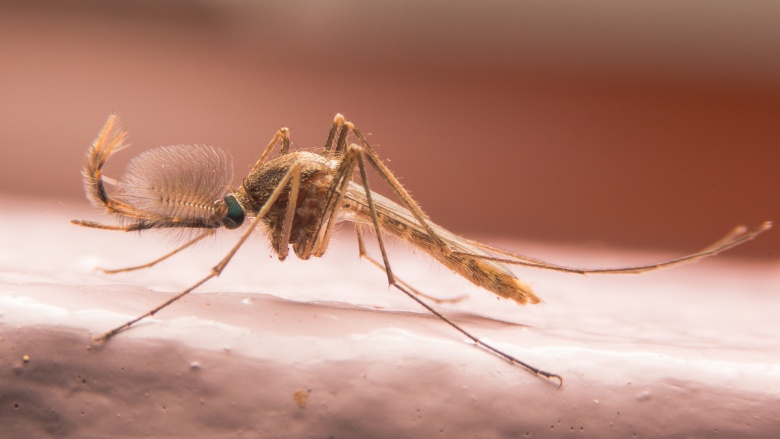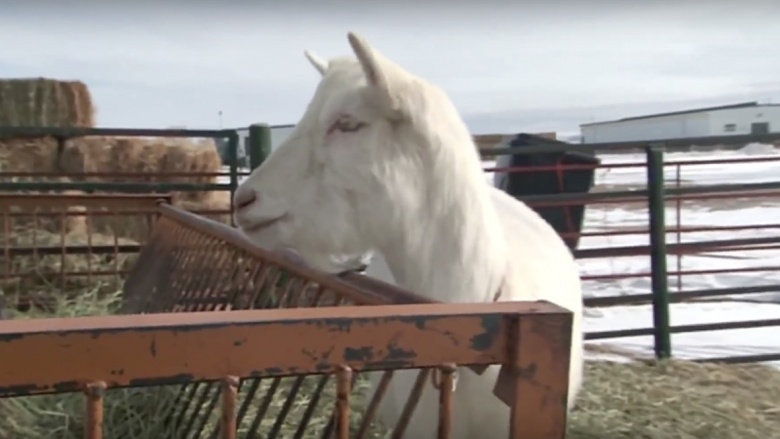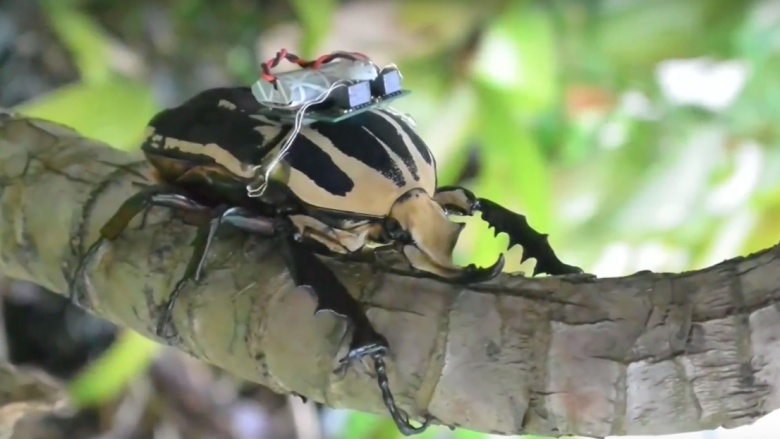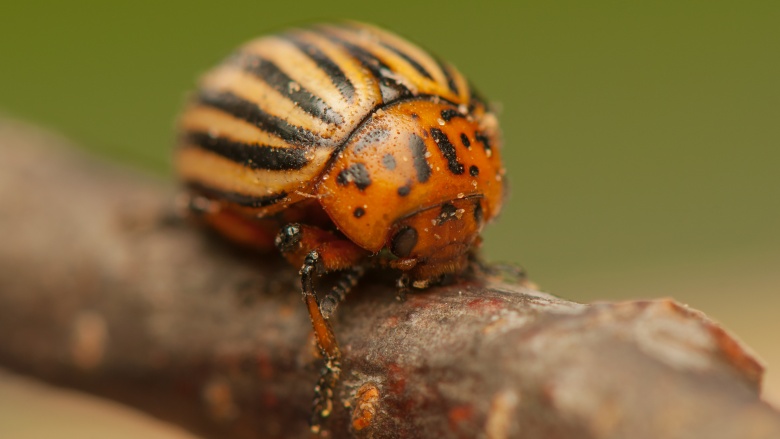Animal Bodies Science Has Completely Transformed
Animals are born with every physical attribute and natural instinct needed to survive. And then science came along and decided some creatures needed some souping up. Here are some animals science didn't think were good enough as they were.
Africanized bees
Like most sci-fi/horror movie monsters, Africanized bees were created in the 1950s for a good purpose. Biologists crossbred African honey bees with the Italian bee, the Iberian bee, or one of numerous other European honey bees to increase honey production in Brazil, where they were kept in quarantine. But just like in the movies, these ill-tempered lab experiments escaped, and are now out to get us. Known for their aggressive behavior, swarms of up to 40,000 bees have been known to attack people. To make matters worse, they prefer to assail our eyes, ears, and mouths. Since their breakout, the killer bees, as they're more commonly known, have migrated north into the US, reaching as far as Utah and Nevada, and spanning from California to Florida. Plan your vacations accordingly.
Pugs
Science has changed animals long before hi-tech labs existed, such as with the pug. According to ancient documents, pugs were first created in China around 700 BC as Imperial pets, and even held ranks and had their own guards. This was done through selective breeding, or old-school genetic manipulation, meaning breeders paired up dogs with traits they liked until they created the desired lapdogs. These bug-eyed furballs proved so popular that they found their way to Europe, where their royal status continued. Now, pretty much anyone can own one, and wouldn't you know it, they've begun developing problems. Among the ailments they suffer as a result of breeding, pugs usually cannot smell or have trouble breathing, and often go deaf and/or blind. Even relatively healthy ones can cost an owner thousands in vet bills.
Liger
While some animals undergo genetic modification or breeding for a scientific purpose, others experience it just ... because. Such is the case with the liger, the result of mating a male lion with a female tiger. (Side note: female lions and male tigers make tigons.) As the two halves of this equation don't encounter each other in the wild, each of the 30 ligers in existence, as of this writing, was bred and lives in captivity. The result of this coupling is the largest cat in the world, with the largest, named Hercules, weighing 922 pounds (418.2 kilograms) and stretching 131 inches long (3.33 meters). Besides looking all huge, ligers are basically for show — they basically just serve as zoo exhibits and as visual results of mysteriously-inspired scientific experiments. Oh, and they're pretty much your favorite animal too.
GloFish
Originally developed in the late '90s to detect toxins in water, GloFish have since become available for purchase by the public, in case boring old goldfish don't excite you anymore. Dr. Zhiyuan Gong's original idea was that the fish, spliced with genes from jellyfish, would fluoresce when near pollution. While that research is still going on, it didn't stop businessmen from figuring out how to cash in on the endeavor. As a result, GloFish are now available in a variety of colors. It's also worth noting that they're a possible threat to the environment, and scientists feel that if they ever make it back into the wild, they could have a devastating effect on native fish species. On the bright side, you can totally make sushi out of them.
Herman the Bull
Herman the Bull was the first human/animal hybrid to ever exist. While still an embryo in 1990, scientists spliced a human gene into Herman, hoping he would spawn female offspring that produced milk with human protein. Amazingly, it kind of worked! While his calfs' milk did indeed contain protein, there wasn't enough of it to attract commercial interest. After failing as a scientific experiment, Herman lived the rest of his 13-year life on a farm in the Netherlands with two cloned cows named Belle and Holly, until he was put down in 2004. His ailment, arthritis, is said to have nothing to do with his modification. What's left of him can be seen at the Naturalis Biodiversity Center in Leiden, Netherlands.
Sudden-death mosquitoes
Like killer bees, sudden-death mosquitoes were created for a specific purpose. In this case, Oxitec, a British biotech company, crafted them in order to fight Dengue fever, which affects 110 countries and kills thousands of people every year. How these pests work is, they mate and produce larvae that die before reaching maturity. A test run in the Cayman Islands saw an 80-95% drop in mosquito populations. In addition to Dengue fever, Oxitec hopes to expand their work to fight malaria, the Zika virus, and other insect-borne diseases. And since all the mosquitoes Oxitec produces are male, they neither bite nor suck blood, making them essentially harmless to humans ... for now. It's probably just a matter of time before they turn on us, just like the bees.
Freckles and the spider-goats
Those of you hoping to one day own a goat that can spin spider silk are in luck, as spider-goats now exist. Pioneered by Nexia Biotechnologies and carried on by college professor Randy Lewis, spider-goats were created because spiders are difficult — if not impossible — to farm. Goats are much easier to handle, so scientists spliced spider genes into a goat names Freckles, and about 30 of his pals. The resulting hybrid babies produce both milk and spider silk from their udders. The hope is that this silk, which pound-for-pound is far stronger and more durable than steel, will have industrial and commercial, applications, which is kind of cool. But if the spider-goats ever start crawling walls, they'll have to go.
Cyborg beetles
Another experiment on insects, Hirotaka Sato of Nanyang Technological University in Singapore has created cyborg beetles because ... why not? By attaching electronics and a radio transmitter to the back of these giant flower beetles, Sato found that he can control its movements, making it move in any direction he chooses. He hopes to extend his research to insects that solely crawl, and his long-term goal is this technology being used to create tiny biodrones. That's all well and good, just so long as he doesn't attach laserbeams to their heads. We don't need to be arming them for when they inevitably turn on us.
Super worms
Though this one happened by accident, someone should've seen it coming a mile away. In an attempt to kill worms, Iowa scientists have managed to create super worms. With farmer's crops plagued by various pests, scientists engineered corn, called Bacillus thuringiensis or Bt corn, which was supposed to kill the crop-destroying rootworms (actually a kind of beetle). It was supposed to be a cleaner solution than spraying pesticides, except things didn't work out the way everyone involved planned. The root worms and their larvae built up a resistance to the crop in under five years, which in terms of evolution is super-quick. Farmers plan on continuing with the Bt corn, as it wards off other pests, but for now, the rootworms are not only here to stay, but they're stronger than ever too. Say goodbye to our food supplies.

